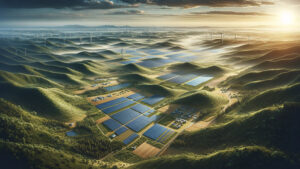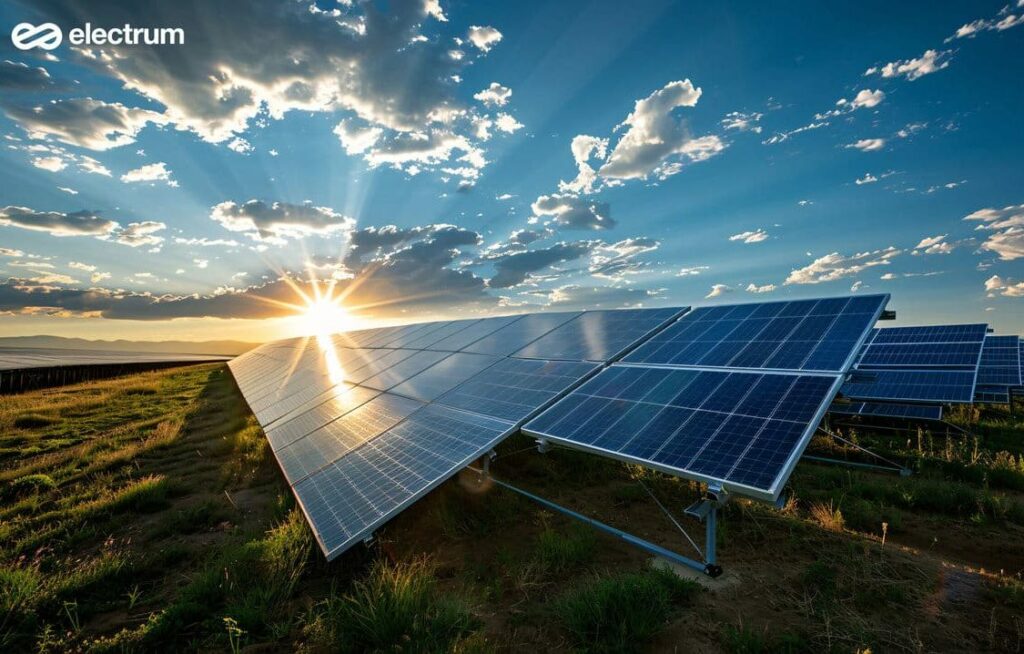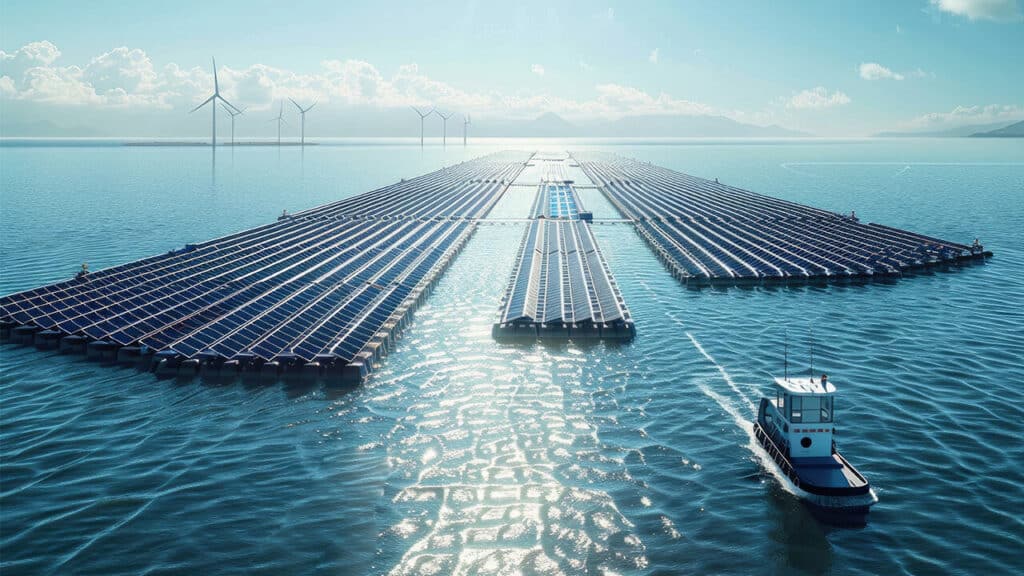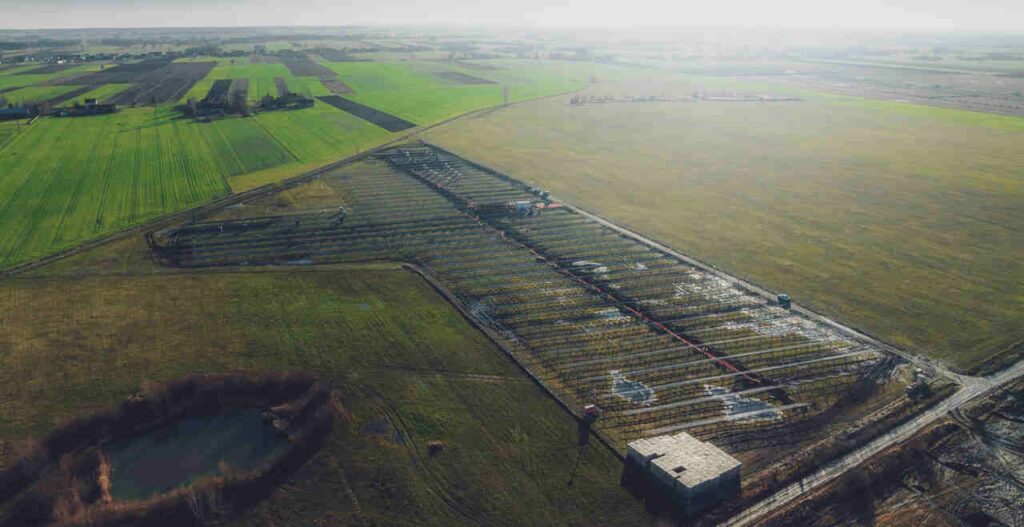 Where does the sun shine brightest?
Where does the sun shine brightest?
Have you ever wondered why some regions of the world are dotted with photovoltaic (PV) farms, while others seem to bypass this green revolution? The key lies in geography. Geographic conditions like sunlight exposure, terrain, and local climate significantly impact the efficiency of solar farms. Where the sun generously shares its rays, solar panels thrive.
Climate and panel efficiency
Did you know that both the amount of sunshine and the temperature affect the efficiency of PV panels? High temperatures can decrease the efficiency of photovoltaic modules. Therefore, when designing a solar farm, it’s important to balance sunlight intensity with thermal conditions.
Read more: Photovoltaic Farm Project – What You Need to Know?
Terrain topography and panel placement
The role of terrain shaping cannot be overlooked. Hills, valleys, and even local vegetation can affect the availability of sunlight for panels. When designing a PV farm, analyzing the terrain thoroughly ensures maximum sunlight utilization.
Wind and weather – friends or foes?
Wind and changing weather conditions can impact solar farms. Strong winds challenge panel stability, while sudden weather changes require flexible farm design to protect against storms or hail. It’s essential to have a contingency plan!
 Summary – the sun, our green ally
Summary – the sun, our green ally
Geographic conditions play a crucial role in the planning, design, and solar farm construction. The ideal location offers optimal sunlight, moderate temperatures, favorable terrain, and stable weather conditions. The sun is our ally in the quest for green energy, but we must skillfully harness its potential, adapting to nature’s whims. Photovoltaic farms represent not just an investment in the future, but also harmonious coexistence with natural forces.
Read also: How to Choose the Best Location for Solar Panels? – Electrum Holding




